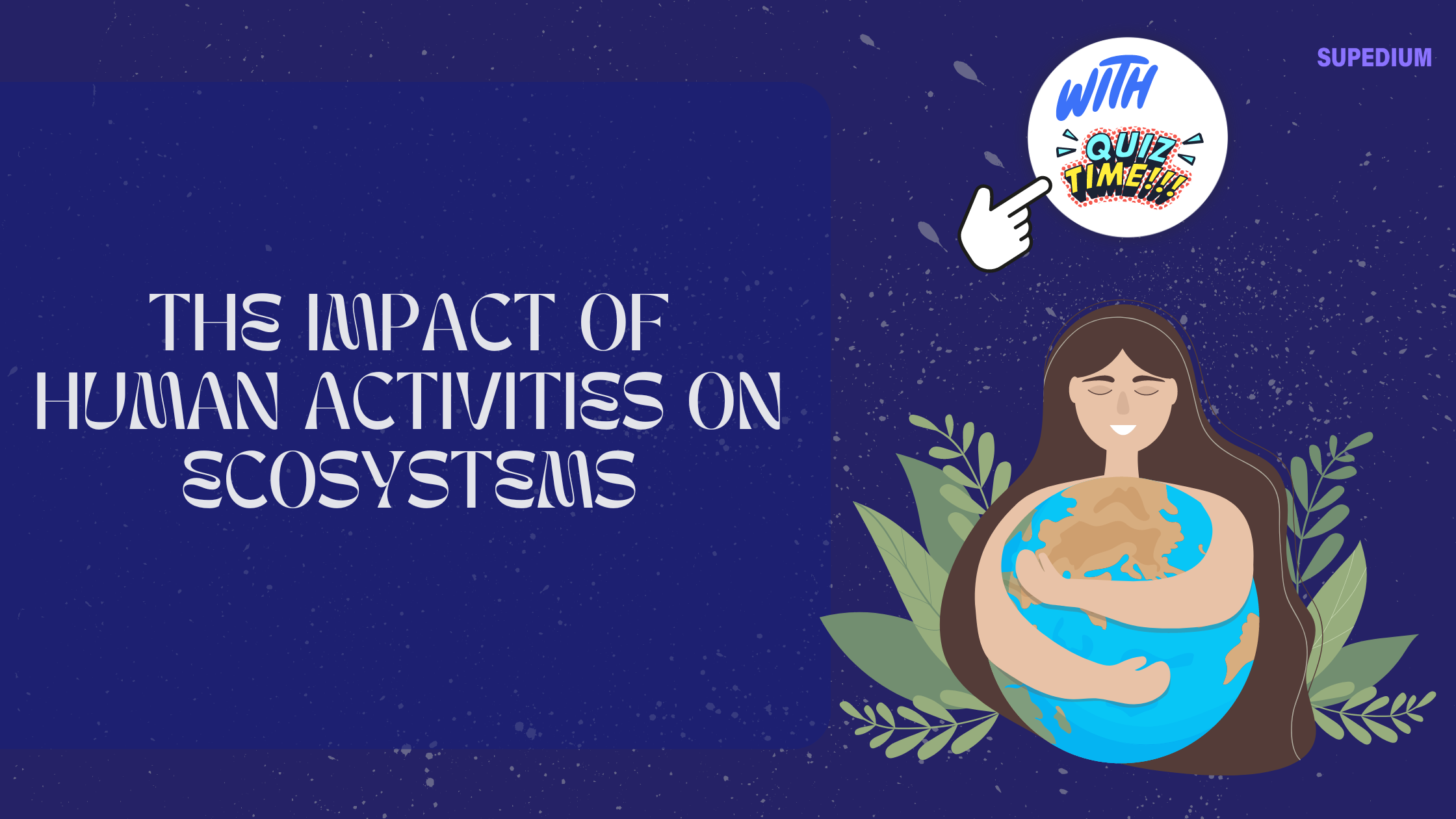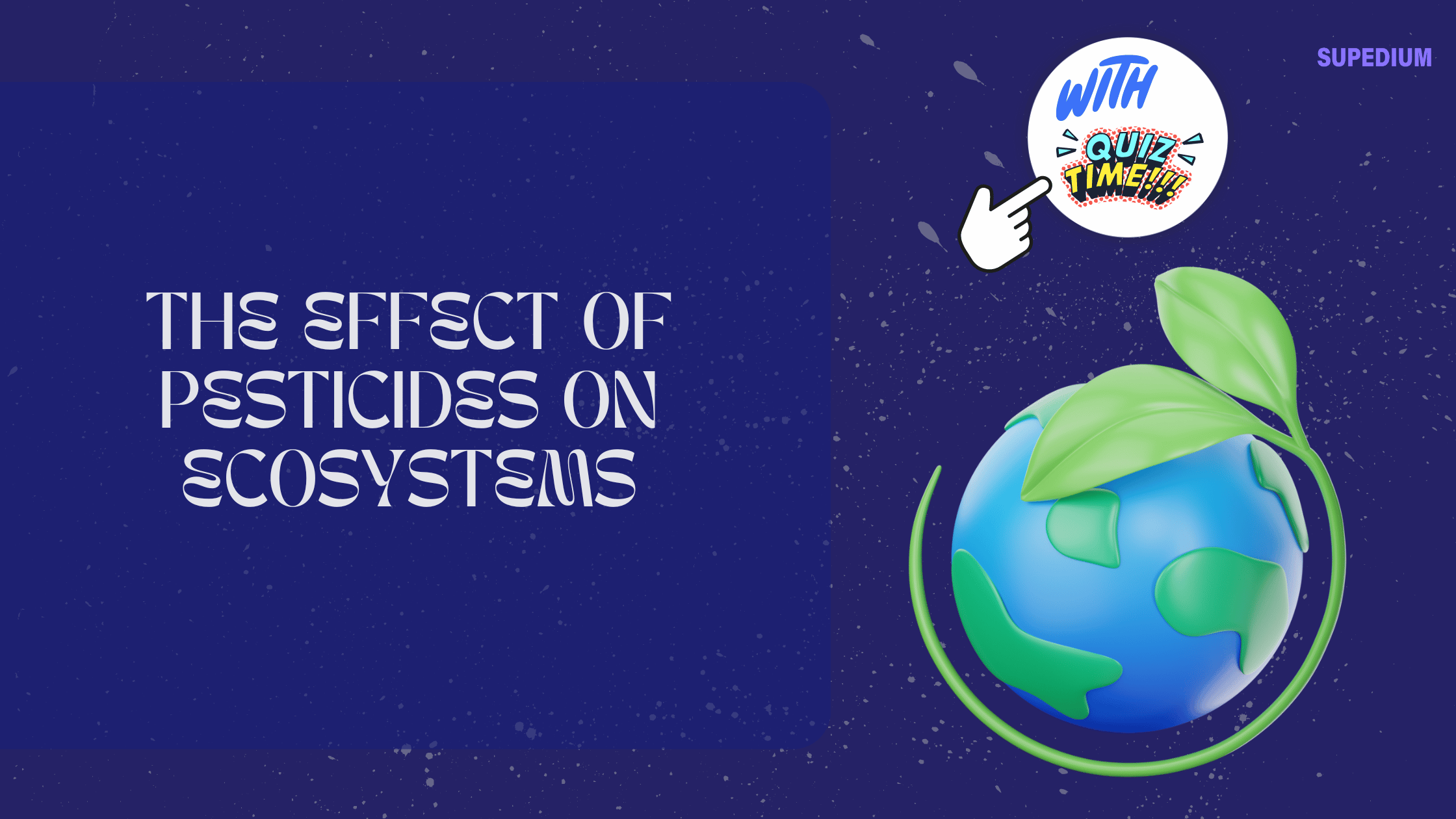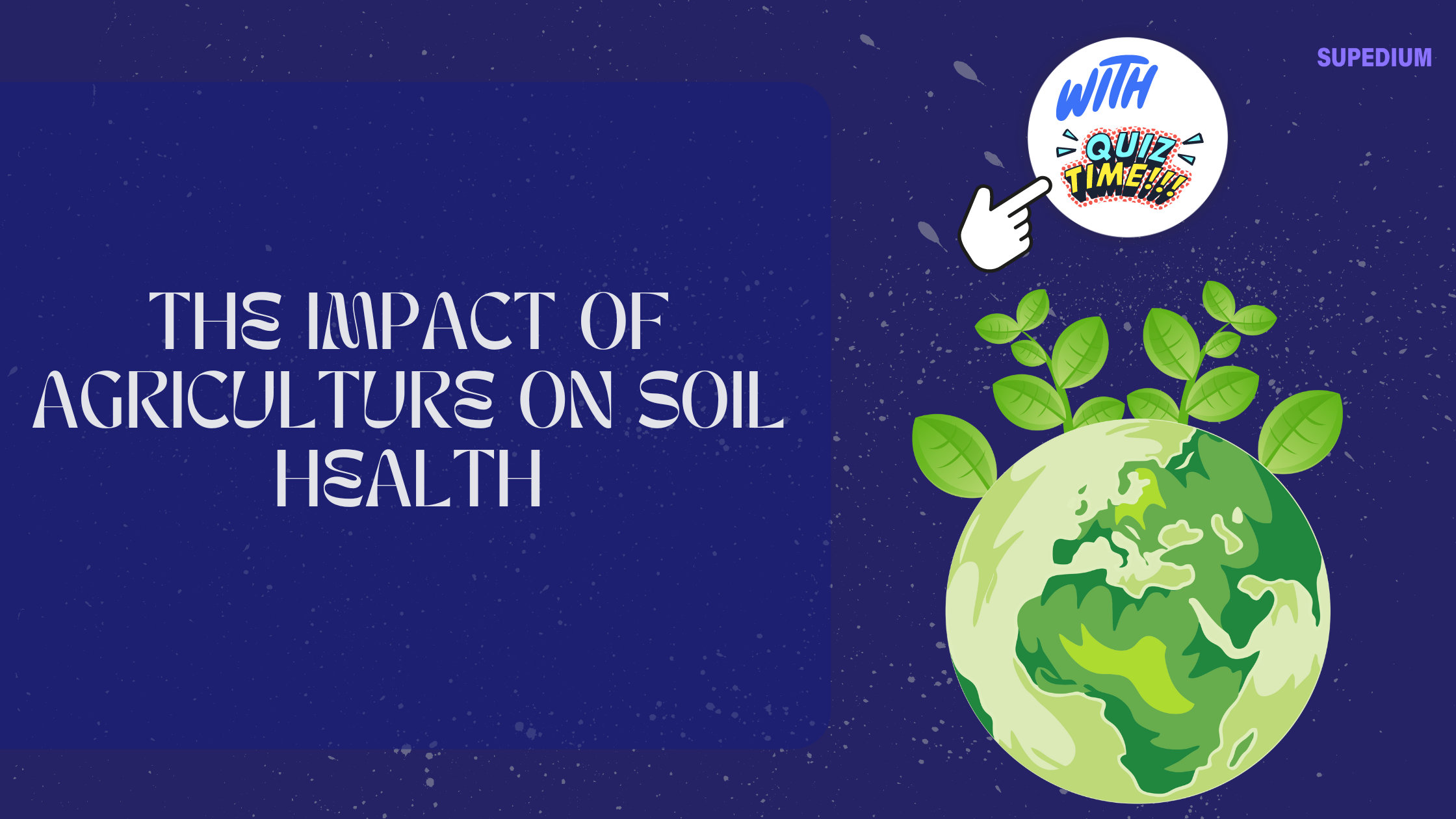Table of Contents
![]()
I. Introduction
Definition of Ecosystems
Ecosystems are dynamic networks of living organisms (biotic factors) interacting with each other and their non-living environments (abiotic factors). These interactions create a complex web of relationships that sustain life and contribute to the health of the planet. Ecosystems can vary widely, including forests, oceans, wetlands, and grasslands, each with its own unique balance and set of species.
Importance of Ecosystems
Ecosystems provide a range of essential services that are crucial for human well-being and environmental health. These services include provisioning (e.g., food, water, raw materials), regulating (e.g., climate control, water purification), supporting (e.g., nutrient cycling, soil formation), and cultural (e.g., recreational, spiritual) benefits. Healthy ecosystems are vital for maintaining biodiversity, regulating the climate, and ensuring the availability of resources that human societies rely on.
Overview of Human Activities
Human activities have profoundly altered ecosystems across the globe. Key activities include industrialization, urbanization, agriculture, resource extraction, and pollution. Each of these activities has distinct and far-reaching effects on the environment, contributing to ecosystem degradation and biodiversity loss.
II. Types of Human Activities and Their Impacts
A. Industrialization
Industrialization has led to significant environmental changes. The expansion of industries often results in habitat destruction and fragmentation, where natural landscapes are converted into industrial zones. This destruction not only eliminates habitats but also disrupts ecological processes. Industrial activities are major sources of pollution, including air, water, and soil contaminants. The release of greenhouse gases from industrial processes contributes to climate change, which further impacts ecosystems by altering temperature and weather patterns.
B. Urbanization
Urbanization involves the development of land for residential, commercial, and industrial purposes. As cities expand, natural habitats are converted into urban areas, leading to a loss of green spaces and natural environments. Urbanization increases pollution levels, including air pollutants and waste products, which can contaminate local water sources and degrade soil quality. The expansion of infrastructure and transportation networks also fragments ecosystems, disrupting wildlife movement and reducing biodiversity.
C. Agriculture
Agricultural practices have transformed landscapes through deforestation, land clearing, and the conversion of natural habitats into farmland. This deforestation reduces biodiversity and alters ecosystems’ ability to provide essential services. Agricultural activities often lead to soil degradation, erosion, and loss of fertility, impacting both the environment and food production. The use of pesticides and fertilizers can pollute water sources and harm non-target species, including beneficial insects and aquatic organisms. Monocultures, or the cultivation of a single crop species over large areas, reduce habitat diversity and increase vulnerability to pests and diseases.
D. Resource Extraction
Resource extraction, including mining, logging, and overfishing, has profound impacts on ecosystems. Mining operations can lead to habitat destruction, water contamination, and soil erosion. Logging for timber and paper products results in deforestation, which affects biodiversity and disrupts water cycles. Overfishing depletes fish stocks and alters marine ecosystems, leading to imbalances in food chains and ecosystem degradation.
E. Pollution
Pollution from various sources significantly affects ecosystems. Air pollution, including emissions of sulfur dioxide, nitrogen oxides, and particulate matter, can harm both terrestrial and aquatic life. Water pollution, from sources such as industrial discharge, agricultural runoff, and sewage, affects water quality and aquatic ecosystems, leading to issues like algal blooms and dead zones. Soil contamination from hazardous chemicals and waste impacts agricultural productivity and ecosystem health.
III. Case Studies
A. Amazon Rainforest Deforestation
The Amazon Rainforest, often referred to as the “lungs of the Earth,” faces severe threats from deforestation caused by agriculture, logging, and infrastructure development. The conversion of forest land into agricultural fields and pasturelands leads to loss of biodiversity, disruption of carbon and water cycles, and the displacement of indigenous communities. The reduction in forest cover also contributes to global climate change by increasing atmospheric CO2 levels.
B. Great Barrier Reef Bleaching
The Great Barrier Reef, the world’s largest coral reef system, has experienced significant bleaching events due to rising sea temperatures and pollution. Coral bleaching occurs when stressed corals expel the symbiotic algae living in their tissues, leading to the loss of color and critical ecosystem functions. The decline in coral health affects marine species that depend on the reef for habitat and food, and disrupts tourism and fishing industries dependent on the reef’s health.
C. Overfishing in the Atlantic Ocean
Overfishing in the Atlantic Ocean has led to the depletion of fish stocks, such as cod and tuna, impacting marine food webs and ecosystems. Industrial fishing practices, including trawling and longlining, cause habitat destruction and bycatch, where non-target species are caught unintentionally. The decline in fish populations affects predator species, disrupts marine biodiversity, and threatens the livelihoods of fishing communities.
IV. Consequences of Human Activities
A. Loss of Biodiversity
Human activities have accelerated the loss of biodiversity, leading to the extinction of numerous species. Habitat destruction, pollution, and climate change disrupt ecological balances, making it difficult for species to adapt or survive. The loss of biodiversity reduces ecosystem resilience, impairs ecosystem services, and diminishes the genetic diversity necessary for species adaptation and survival.
B. Climate Change
The accumulation of greenhouse gases from human activities, particularly fossil fuel combustion and deforestation, drives global climate change. Climate change leads to altered weather patterns, rising temperatures, and shifting precipitation patterns, affecting ecosystems and species distribution. Extreme weather events, such as hurricanes and droughts, become more frequent and intense, exacerbating the impacts on ecosystems.
C. Ecosystem Services Disruption
Ecosystem services are compromised by human activities, affecting essential functions such as water purification, soil fertility, and natural disaster protection. Pollution and habitat loss impair water quality, while soil degradation reduces agricultural productivity. The loss of wetlands and forests diminishes their ability to regulate flooding and provide other protective functions, increasing vulnerability to natural disasters.
V. Mitigation and Solutions
A. Conservation Efforts
Conservation efforts aim to protect and restore ecosystems to maintain their health and functionality. Establishing protected areas and wildlife reserves helps safeguard habitats and species from further degradation. Restoration projects, such as reforestation and wetland rehabilitation, aim to restore ecosystem functions and improve biodiversity.
B. Sustainable Practices
Adopting sustainable practices in agriculture, forestry, and resource management can mitigate environmental impacts. Sustainable agriculture focuses on practices that enhance soil health, reduce chemical use, and promote biodiversity. Renewable energy sources, such as solar and wind power, reduce reliance on fossil fuels and lower greenhouse gas emissions. Reducing waste through recycling and minimizing resource consumption also helps lessen environmental footprints.
C. Policy and Legislation
Effective policies and legislation are crucial for environmental protection and ecosystem management. Environmental regulations, such as emission standards and pollution controls, help reduce the impact of industrial activities. International agreements, such as the Paris Agreement, aim to address global environmental challenges, including climate change. Collaborative efforts and enforcement of regulations are essential for achieving environmental sustainability.
D. Public Awareness and Education
Raising public awareness and promoting environmental education are key to fostering a culture of sustainability. Educating individuals and communities about the importance of ecosystems and the impact of human activities can drive positive behavior change. Community involvement in conservation projects and grassroots movements can further support environmental protection and restoration efforts.
VI. Conclusion
In summary, human activities have significant and often detrimental impacts on ecosystems. Industrialization, urbanization, agriculture, resource extraction, and pollution contribute to habitat destruction, biodiversity loss, and climate change. Addressing these challenges requires a multifaceted approach, including conservation efforts, sustainable practices, effective policies, and public engagement. By recognizing the interconnectedness of human activities and ecosystems, we can work towards a more sustainable future that preserves the health and functionality of the planet’s diverse ecosystems.






Be the first to comment